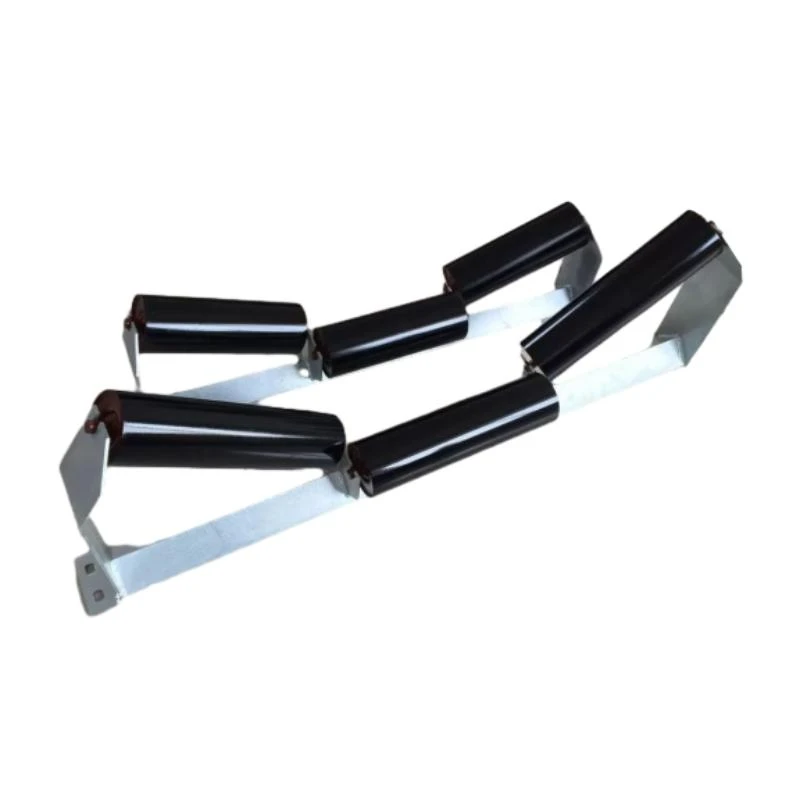 Afrikaans
Afrikaans  Albanian
Albanian  Amharic
Amharic  Arabic
Arabic  Armenian
Armenian  Azerbaijani
Azerbaijani  Basque
Basque  Belarusian
Belarusian  Bengali
Bengali  Bosnian
Bosnian  Bulgarian
Bulgarian  Catalan
Catalan  Cebuano
Cebuano  Corsican
Corsican  Croatian
Croatian  Czech
Czech  Danish
Danish  Dutch
Dutch  English
English  Esperanto
Esperanto  Estonian
Estonian  Finnish
Finnish  French
French  Frisian
Frisian  Galician
Galician  Georgian
Georgian  German
German  Greek
Greek  Gujarati
Gujarati  Haitian Creole
Haitian Creole  hausa
hausa  hawaiian
hawaiian  Hebrew
Hebrew  Hindi
Hindi  Miao
Miao  Hungarian
Hungarian  Icelandic
Icelandic  igbo
igbo  Indonesian
Indonesian  irish
irish  Italian
Italian  Japanese
Japanese  Javanese
Javanese  Kannada
Kannada  kazakh
kazakh  Khmer
Khmer  Rwandese
Rwandese  Korean
Korean  Kurdish
Kurdish  Kyrgyz
Kyrgyz  Lao
Lao  Latin
Latin  Latvian
Latvian  Lithuanian
Lithuanian  Luxembourgish
Luxembourgish  Macedonian
Macedonian  Malgashi
Malgashi  Malay
Malay  Malayalam
Malayalam  Maltese
Maltese  Maori
Maori  Marathi
Marathi  Mongolian
Mongolian  Myanmar
Myanmar  Nepali
Nepali  Norwegian
Norwegian  Norwegian
Norwegian  Occitan
Occitan  Pashto
Pashto  Persian
Persian  Polish
Polish  Portuguese
Portuguese  Punjabi
Punjabi  Romanian
Romanian  Russian
Russian  Samoan
Samoan  Scottish Gaelic
Scottish Gaelic  Serbian
Serbian  Sesotho
Sesotho  Shona
Shona  Sindhi
Sindhi  Sinhala
Sinhala  Slovak
Slovak  Slovenian
Slovenian  Somali
Somali  Spanish
Spanish  Sundanese
Sundanese  Swahili
Swahili  Swedish
Swedish  Tagalog
Tagalog  Tajik
Tajik  Tamil
Tamil  Tatar
Tatar  Telugu
Telugu  Thai
Thai  Turkish
Turkish  Turkmen
Turkmen  Ukrainian
Ukrainian  Urdu
Urdu  Uighur
Uighur  Uzbek
Uzbek  Vietnamese
Vietnamese  Welsh
Welsh  Bantu
Bantu  Yiddish
Yiddish  Yoruba
Yoruba  Zulu
Zulu Understanding the Functionality of Idler Pulleys in Belt Drive Systems
The Significance of Belt Drive Idler Pulleys in Mechanical Systems
In the realm of mechanical engineering, the functionality and efficiency of systems heavily depend on the intricate design and arrangement of components. Among the various elements that contribute to motion transmission and mechanical advantage, the belt drive idler pulley plays a crucial role. This article delves into the importance, functions, and applications of idler pulleys in belt drive systems.
Understanding Belt Drive Systems
Belt drive systems are used extensively in various machines and engines to transfer power from one component to another. These systems rely on flexible belts that run over pulleys, converting rotational motion into linear motion, or simply transmitting power between shafts. A belt drive system consists of several key components, including the motor pulley, driven pulley, and idler pulley.
The core function of these systems is to facilitate smooth and efficient power transmission with minimal slippage and energy loss. However, achieving this objective requires meticulous design and selection of each component in the system, particularly the idler pulley.
What is an Idler Pulley?
An idler pulley is a non-driven pulley used in a belt drive system to guide, support, or tension the belt. Unlike driven pulleys, which are directly connected to a power source or load, idler pulleys do not contribute to power transfer. Instead, they are strategically positioned to improve the performance of the belt drive system.
Functions of Idler Pulleys
1. Tension Maintenance One of the primary purposes of an idler pulley is to maintain the proper tension in the belt. Adequate tension is crucial for ensuring that the belt does not slip off the pulleys during operation, which can lead to performance issues and potential damage to the system. An idler pulley helps regulate the distance and tension between the drive and driven pulleys, optimizing belt performance.
2. Belt Alignment Idler pulleys assist in keeping the belt aligned correctly, reducing the risk of uneven wear. Proper alignment minimizes friction and promotes longevity in both the belt and the pulleys, thereby enhancing the overall durability of the drive system.
belt drive idler pulley

3. Noise Reduction In certain applications, idler pulleys are used to reduce noise generated by the belt movement. By providing additional contact points and altering the path of the belt, they can help dampen vibrations and lessen sound, resulting in a quieter operation.
4. Speed Control In some configurations, idler pulleys can be employed to control the speed of the belt. By adjusting the tension or position of the idler, engineers can influence how power is transferred through the system, enabling better performance tailored to specific requirements.
Applications of Idler Pulleys
Idler pulleys are widely utilized in various industries and applications. From automotive engines to industrial machinery, they play a vital role in ensuring smooth and efficient operation.
- Automotive Applications In vehicles, idler pulleys are found in serpentine belt systems. They help maintain belt tension for essential components like alternators, water pumps, and air conditioning compressors. Proper functioning of idler pulleys is essential for the reliability and efficiency of automotive systems.
- Industrial Machinery In factories and production lines, idler pulleys are integral to conveyor systems, where they guide and regulate the motion of belts transporting materials. Their ability to manage tension and alignment is crucial for maintaining conveyor efficiency.
- Home Appliances Many household appliances, such as washing machines and dryers, utilize belt drive systems with idler pulleys to ensure effective operation.
Conclusion
The belt drive idler pulley, while often overlooked, is an essential component that enhances the functionality and reliability of various mechanical systems. By maintaining belt tension, ensuring alignment, reducing noise, and aiding in speed control, idler pulleys play a significant role in the performance of not just simple machines but complex industrial systems as well. Engineers and designers must understand the importance of these components to optimize their designs, ultimately leading to more efficient and reliable machinery across various applications.
-
Revolutionizing Conveyor Reliability with Advanced Rubber Lagging PulleysNewsJul.22,2025
-
Powering Precision and Durability with Expert Manufacturers of Conveyor ComponentsNewsJul.22,2025
-
Optimizing Conveyor Systems with Advanced Conveyor AccessoriesNewsJul.22,2025
-
Maximize Conveyor Efficiency with Quality Conveyor Idler PulleysNewsJul.22,2025
-
Future-Proof Your Conveyor System with High-Performance Polyurethane RollerNewsJul.22,2025
-
Driving Efficiency Forward with Quality Idlers and RollersNewsJul.22,2025





























